WhistlePig’s ‘Road-Finished’ Roadstock Rye Is Its Most Innovative Whiskey Yet
Crossing America twice in a semi-truck, loaded in beer and wine barrels, Roadstock defines dynamic aging at its best.
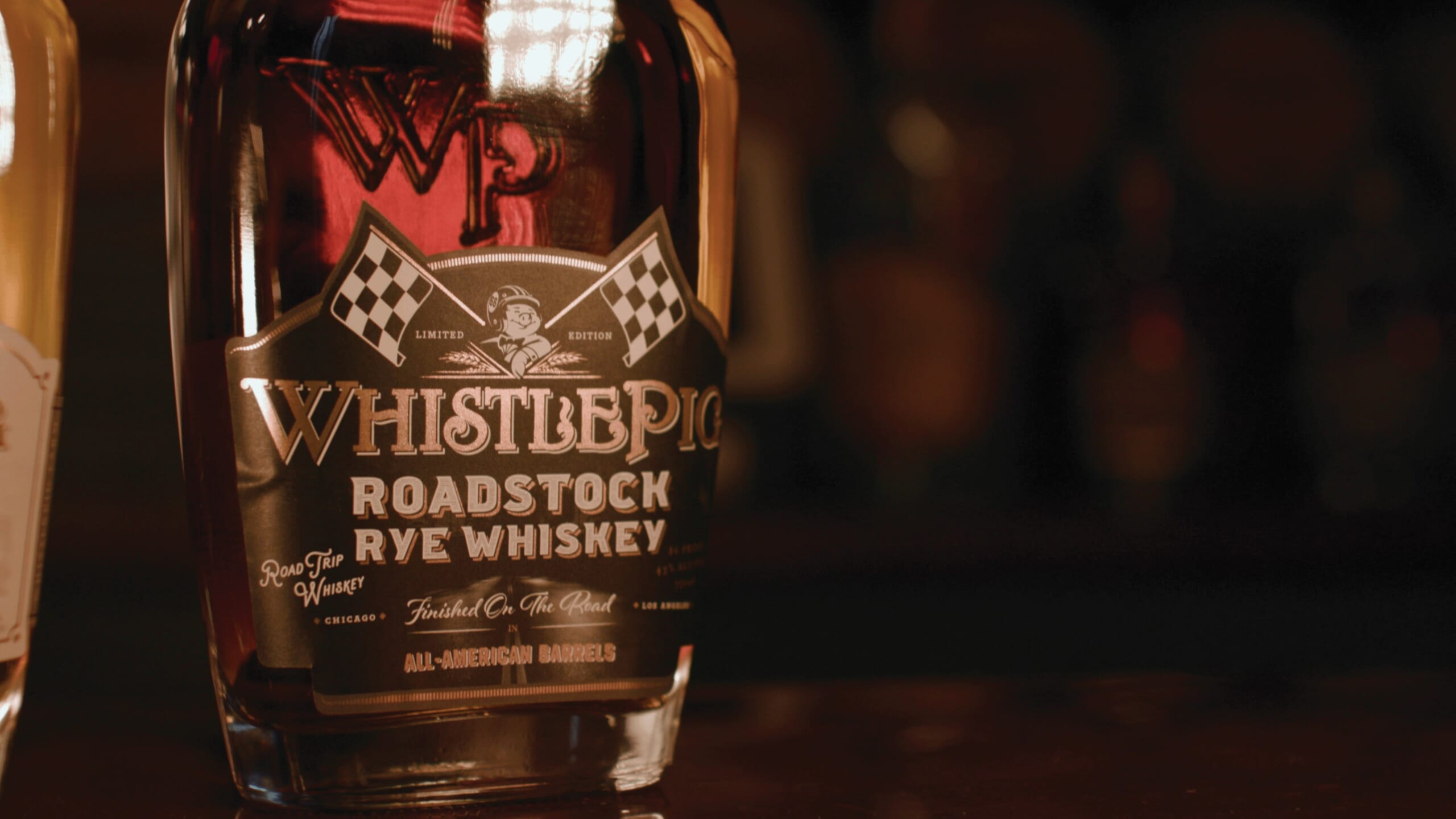
It’s barely past 9 am and the temperatures at the Radford Racing school outside Phoenix are already eclipsing triple digits. The smooth blacktop appears to be cracking before our eyes, but it’s all good — it’s a dry heat.
Veteran automotive TV hosts Chris Jacobs (Discovery) and Cristy Lee (ESPN, ABC, SPEED, Motor Trend, etc.) have just spent the last half-hour lighting up the skid pad in a most curious vehicle: the WhistlePig Dodge Hellcat.
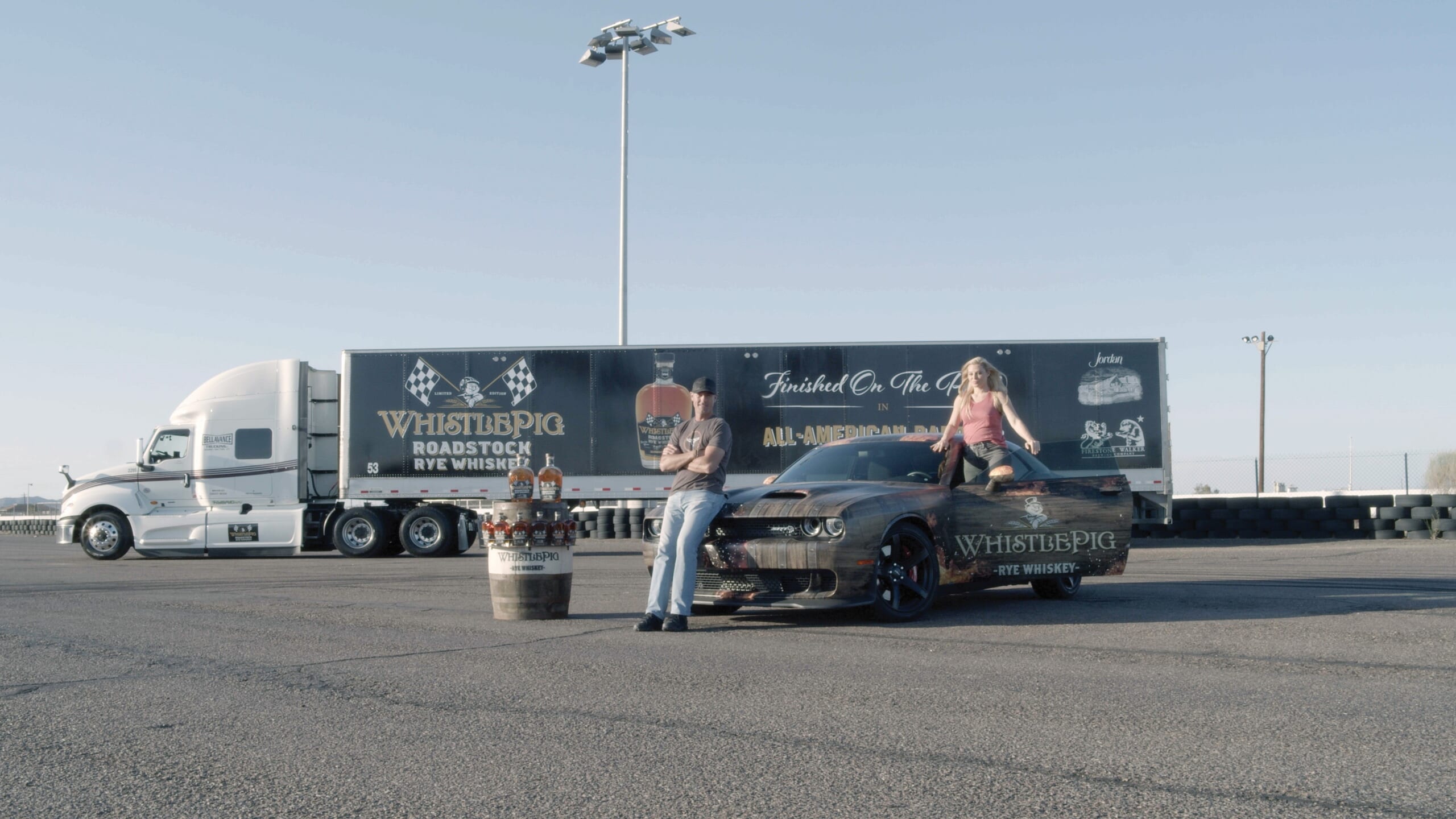
Onlookers whoop it up as their twirling donut dance gushes volumes of white smoke into the morning air. The shenanigans, and torque, are dialed up to 11.
This is no ordinary Hellcat mind you, it’s the WhistlePig edition — modified to run not on petroleum but fuel of another sort altogether: premium rye whiskey. Vinyl-wrapped with bow-tied pigs, barrels, wood and all things cooperage, the gurgling muscle car draws stares wherever it rumbles.
“We took 10 year WhistlePig Rye and it had to go through three additional distillations to get it to like 99% ABV,” explains WhistlePig CMO Jason Newell of the unorthodox petrol. “So after multiple distillations she’s super pure — you lose some of the color and things like that, but you’re able to get basically pure ethanol.”
https://www.instagram.com/p/CQt2AWMl0QG
In the background every 45 seconds the roar of a supercharged V8 from one of the countless other Hellcats — fleet vehicle for the Radford Racing school — deafens our conversation. Over the din I yell: Well if you’re going to distill the whiskey into fuel, why not just use straight up White Dog off the still? Why use a whiskey that’s spent a decade aging in a barrel?
Jason blinks, as if teaching Quantum Theory to a two-year-old. “Because it’s WhistlePig,” he says flatly, “and we wanted to use aged whiskey.”
While Newell admits the whiskey-fueled Hellcats are just for show, tire-shredding ornamentation for this epic journey, the actual Roadstock ‘rolling rick house’ behind him is anything but. Inside the sprawling Class 8 semi-trailer 80 barrels of WhistlePig 10-Year Old slosh about, the flagship whiskey that put America’s premier luxury rye label on the map.
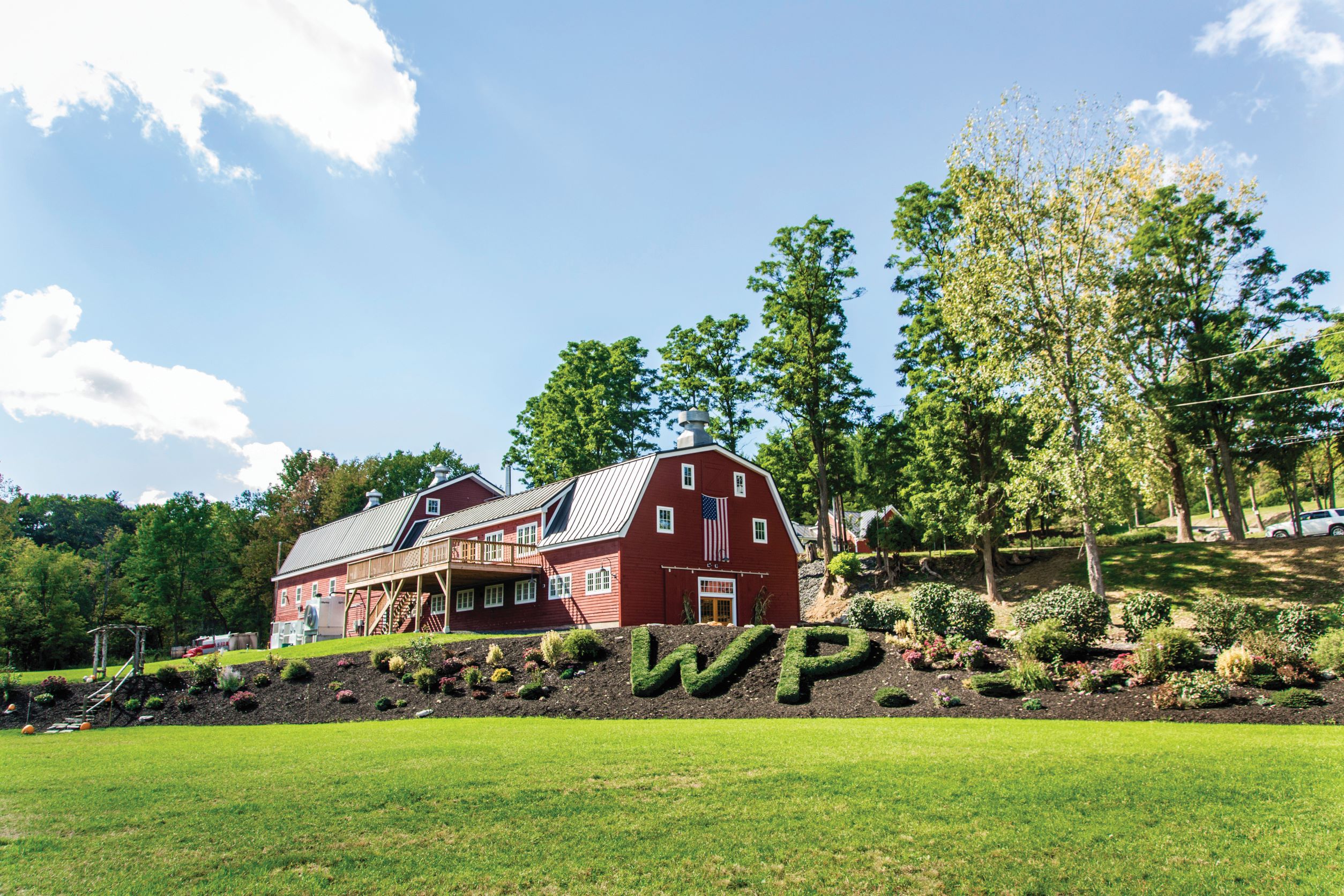
Half the whiskey is stored in barrels made of white oak coopered from their own Vermont farm, and half in barrels supplied by the Jordan Winery in Sonoma County.
We’re here to document the voyage of this most exceptional Roadstock whiskey — an adventure that’s taking the brown aging inside the semi from WhistlePig’s remote Vermont farm all the way to Central California, to the Firestone Walker brewery. There the juice within will be disgorged and poured into Firestone Walker barrels, and WhistlePig’s barrels will be gifted to the famed Paso Robles craft brewery.
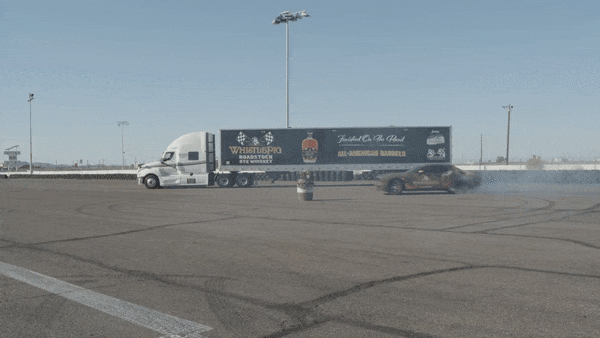
Consider it one of those old mob treaties where they swap children to ensure gangland peace. Firestone will then use the newly acquired whiskey-soaked American white Oak to age their beer, while the Roadstock rolling rick house will U-turn and head back to Vermont.
All in all the whiskey will cross America two times, in five distinct barrels: WhistlePig’s own, Jordan Vineyard’s Cabernet/Merlot blend and three Firestone Walker beers: Bravo Imperial Brown Ale, Helldorado Blonde Barley Wine and a handful of Parabola Imperial Stouts.
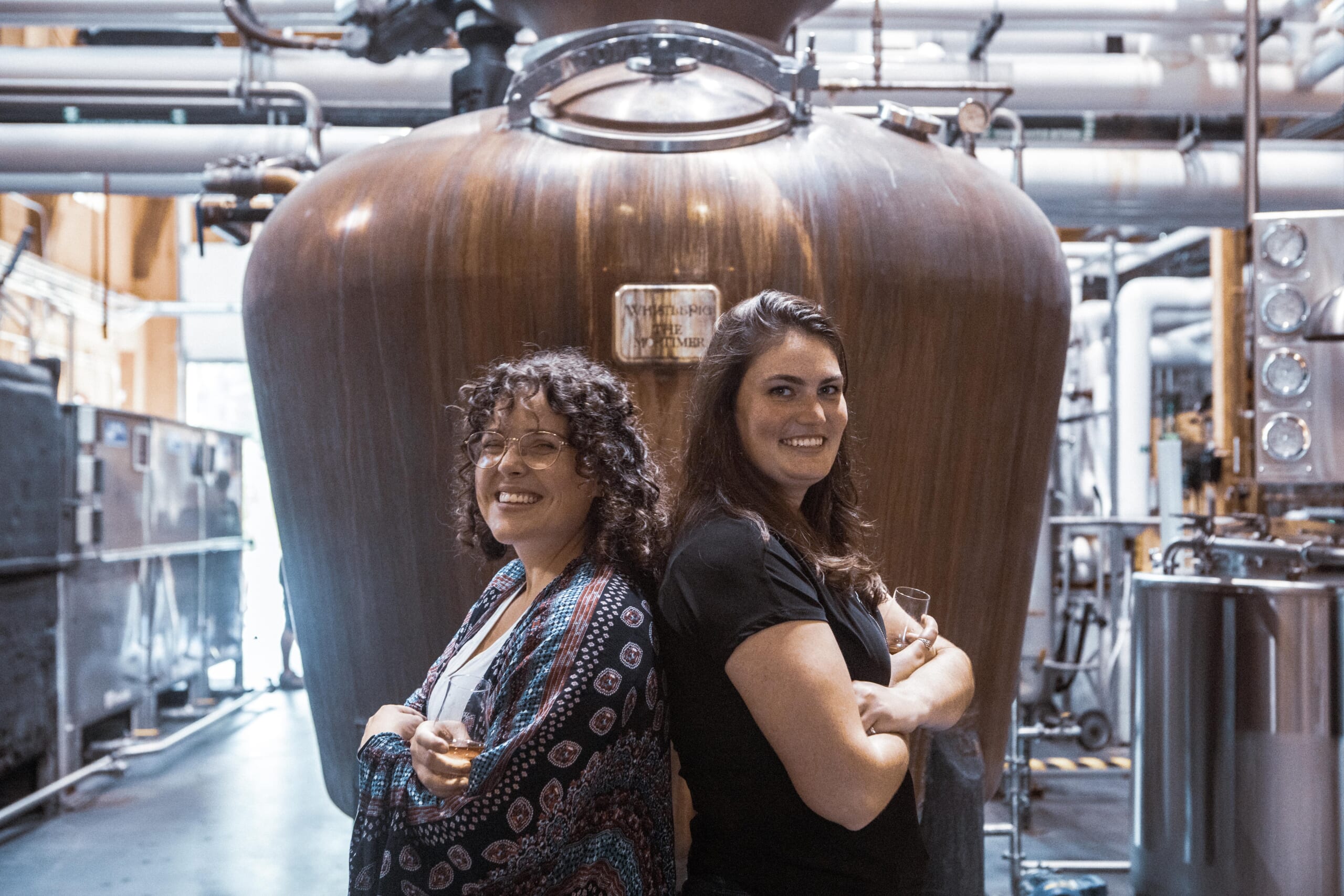
“All these barrels, with the sloshing around, the elevation changes, the extreme temperature changes, all affect the aging process,” WhistlePig Chief Blender Meghan Ireland will explain to me later. “There’s an interplay between wood, climate, et cetera. That’s all being played with so over the 6,000-something miles you’re creating a very unique aging situation and environment.”
This process of dynamic aging is being trialed in real life, with the blend ‘finished on the road’ as they call it — because that’s literally what’s happening.
This rare Roadstock whiskey is part of WhistlePig’s ambitious LTO (Limited Time Offering) program built on the soil of rigorous exploration. Consider its predecessor, Farmstock, launched as a project to push the boundaries of what the team could craft with what they dub 100% Triple Terroir: their own grains homegrown on their 500-acre farm, distilled in the 19th-century barn on-property and then aged in barrels custom coopered from white oak harvested from nearby woods.
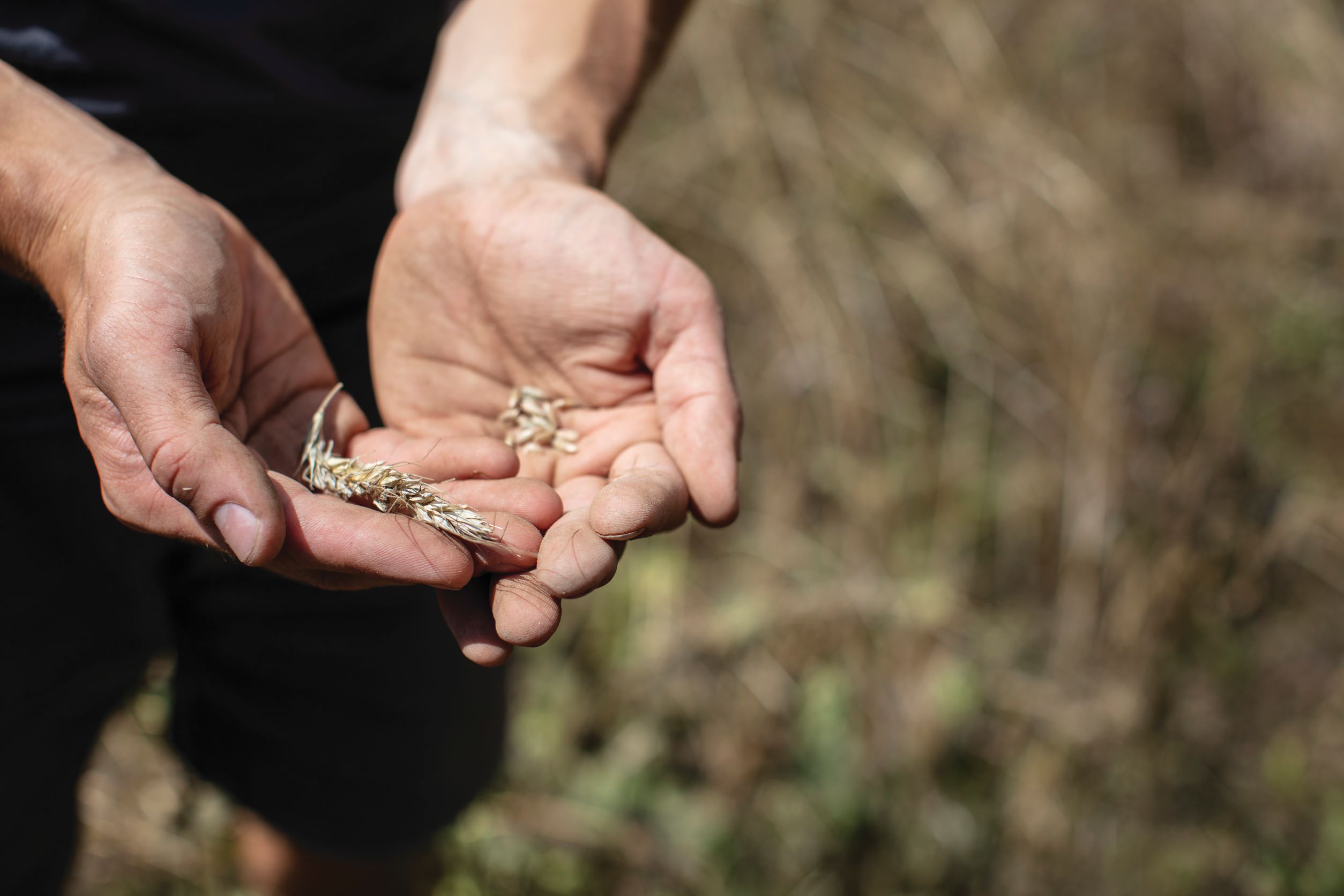
From field-to-glass in the Green Mountain State, every year from 2017 to ‘19 they slowly increased the amount of homegrown rye in a deep experimentation of terroir.
The followup, Homestock, was more a reaction to the times: during the self-quarantining pandemic they sent kits with three types of whiskey (4-year-old Rye, 5-year-old Wheat and 5-year-old Barley) to the homes of aficionados, journalists and fans so they could engineer their own blends from the safety of their couches.
WhistlePig then selected their favorite recipes and held an online vote where the whiskey community came together and selected their favorite final blend. It was a generous experiment, gifting everyone marooned at home some much-needed sense of community (not to mention quality whiskey).
“In general with Whistlepig innovation we’re trying to create a spotlight and tell stories that support the larger brand vision, which is to be the best premium rye whiskey on the planet,” Eliza McClure, VP of Marketing & Innovation, explains.
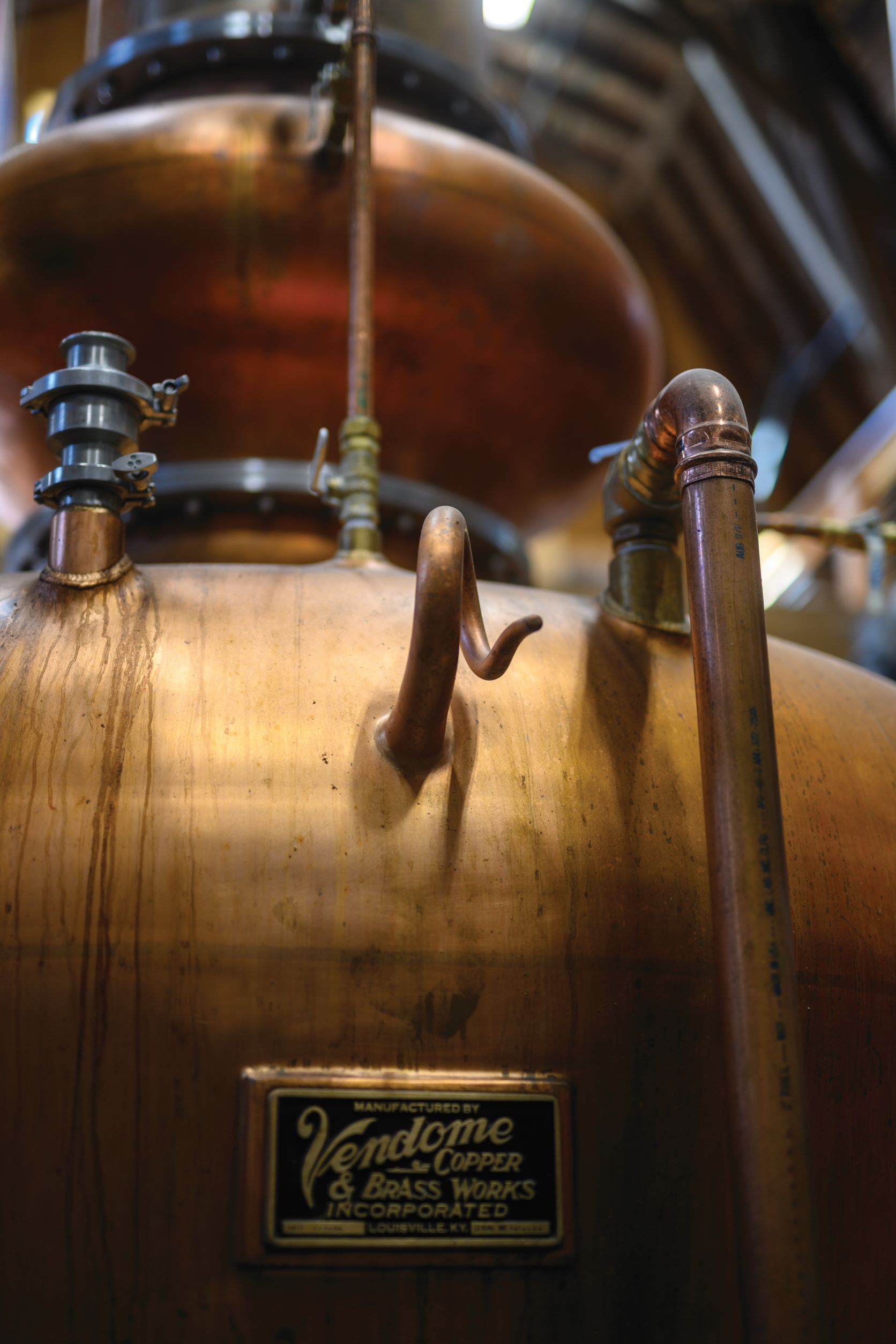
“Of course leading in quality shines through the whiskey itself, but also leading in terms of creativity and experimental energy. So with the LTOs we create these exclusive chances for consumers to grab something that creates a story in time.”
“LTO’s give me a chance to have some fun and experiment,” adds Chief Blender Ireland. “When you’re given the freedom to color outside the lines the results can be groundbreaking, and I think our past successes prove that.”
As a trained chemical engineer it’s unsurprising Ireland is the one person in Vermont most responsible for the Dr. Bunsen Honeydew-like experimentation. “WhistlePig has an incredible array of whiskeys to work with, and our finishing barrels and partners are second to none, so it’s the perfect environment to push the bounds of what’s possible.”
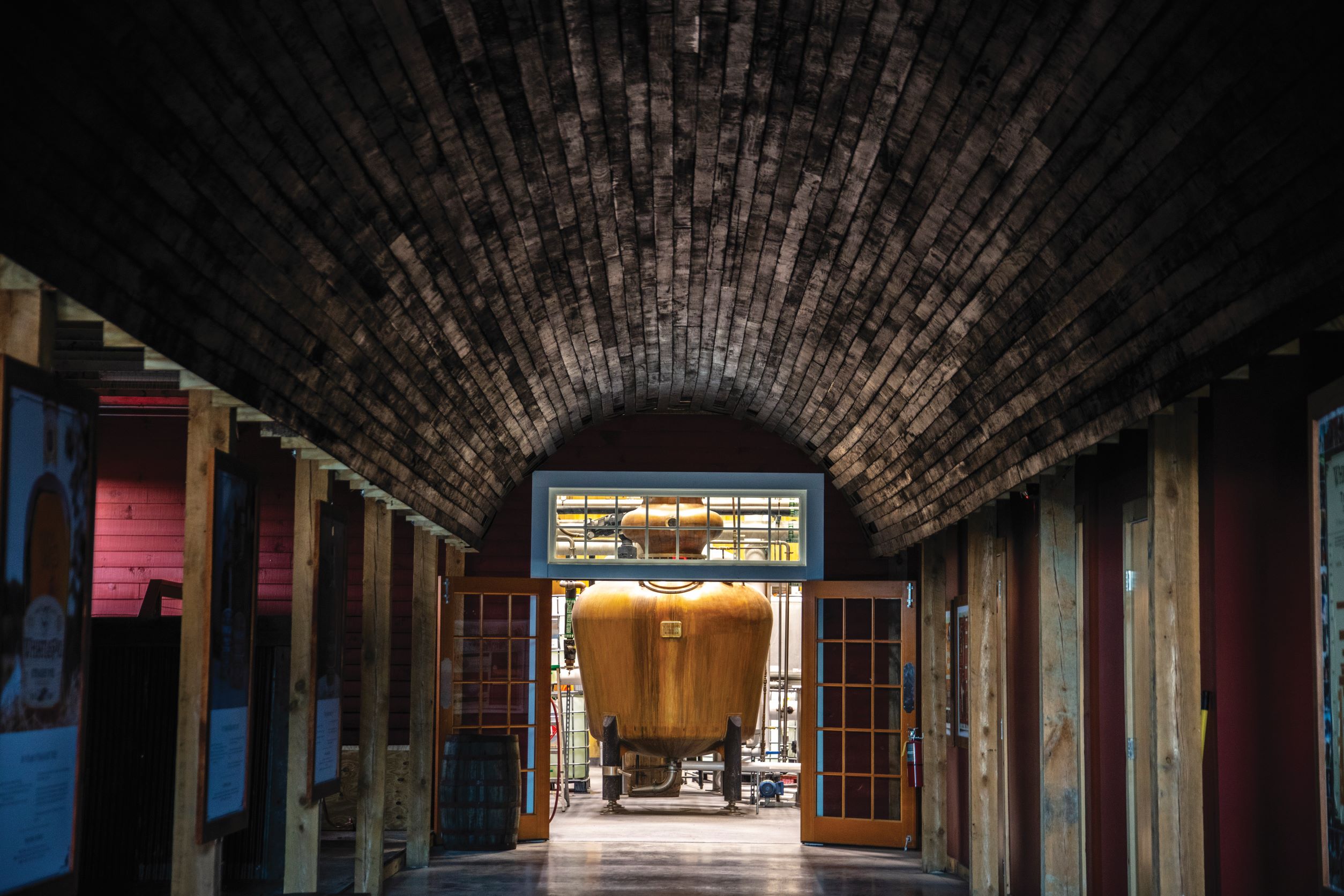
This committed sense of experimentation and innovation dates back to WhistlePig’s launch in 2007 and the brand’s early commitment to playing with unexpected wood. Their acclaimed barrel program has already been responsible for innovative ryes finished in casks of Calvados, Cachaça, Madeira, Sauternes and even Umeshu, a Japanese plum wine.
So when it came time to imagine the followup to Homestock the global zeitgeist once again played LTO creative director. “We were thinking again about what’s going on in this moment in time,” McClure reveals. “We’re just coming out of COVID, people are just starting to travel again and there’s this huge resurgence for the American cross-country road trip.”
Considering the brand’s authentic connection with car culture — WhistlePig recently sold Barrel No. 0001 of their FarmStock Rye Beyond Bonded at a Mecum auction (100% of proceeds went to Farm Aid), are a racing partner of IMSA and have held tastings at vintage/collector car events — the idea materialized before their eyes.
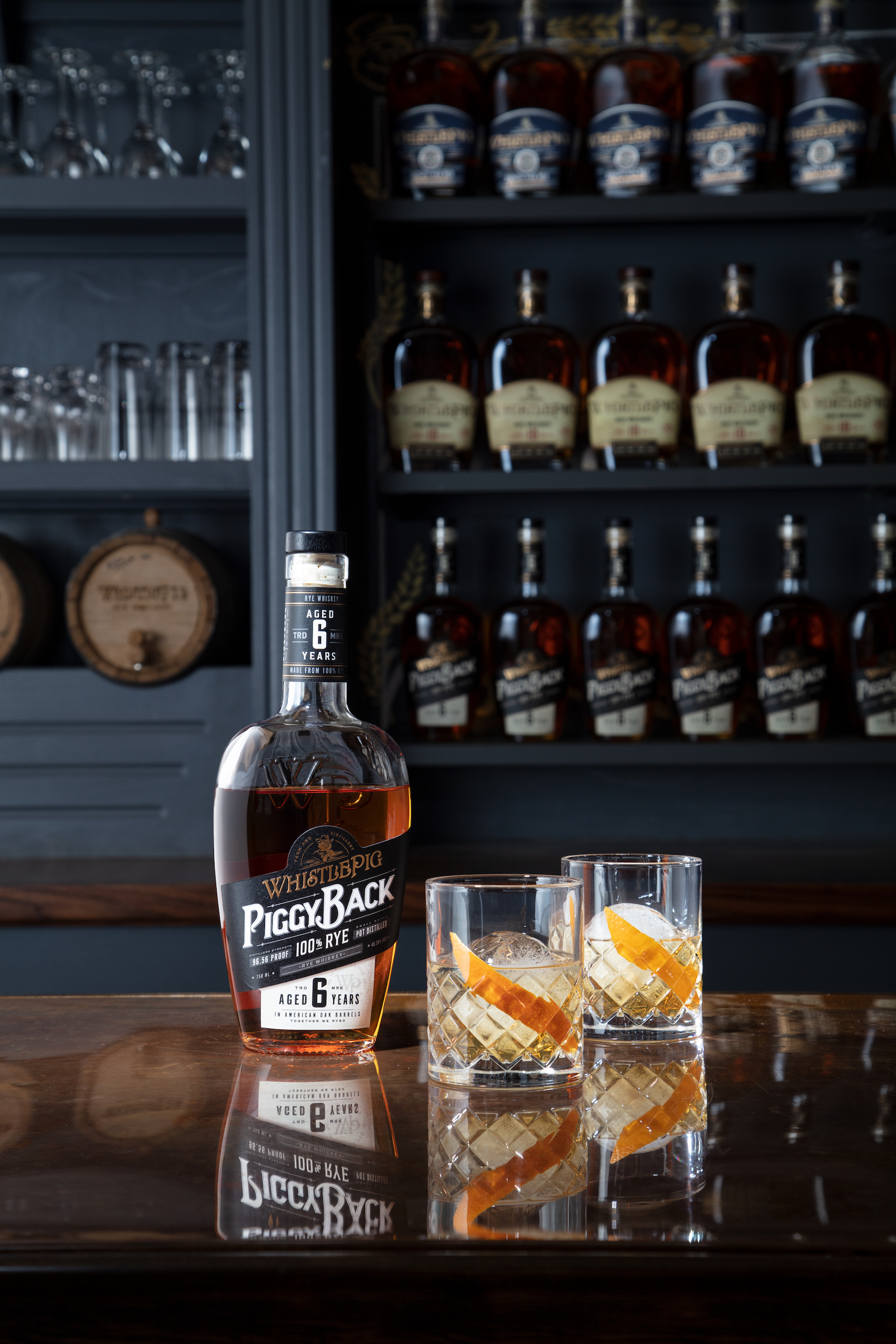
“It all came together in this concept of let’s take the whiskey on the road,” the VP continues. “So we created this giant ‘rolling rick house’ semi-truck, loaded it up with barrels and thought, What’s the most classic American road trip?
It’s the cross country journey over Route 66, from Vermont to California. Which also coincidentally happened to be the home of our partners for the barrel finishing with this one.”
“Honestly, it’s such a unique aging process,” Distiller Mitch Mahar tells me over Zoom just after they began bottling the final Roadstock blend. “I went into it with a wide-eyed curiosity of, What’s going to happen when we do this? I want to know. Because other distilleries have done the whole aging across the ocean thing, some have made their rick house do big temperature swings, this that and the other. But we organically had a really dynamic aging process. You can’t duplicate it; there’s no way that we could really do this twice.”
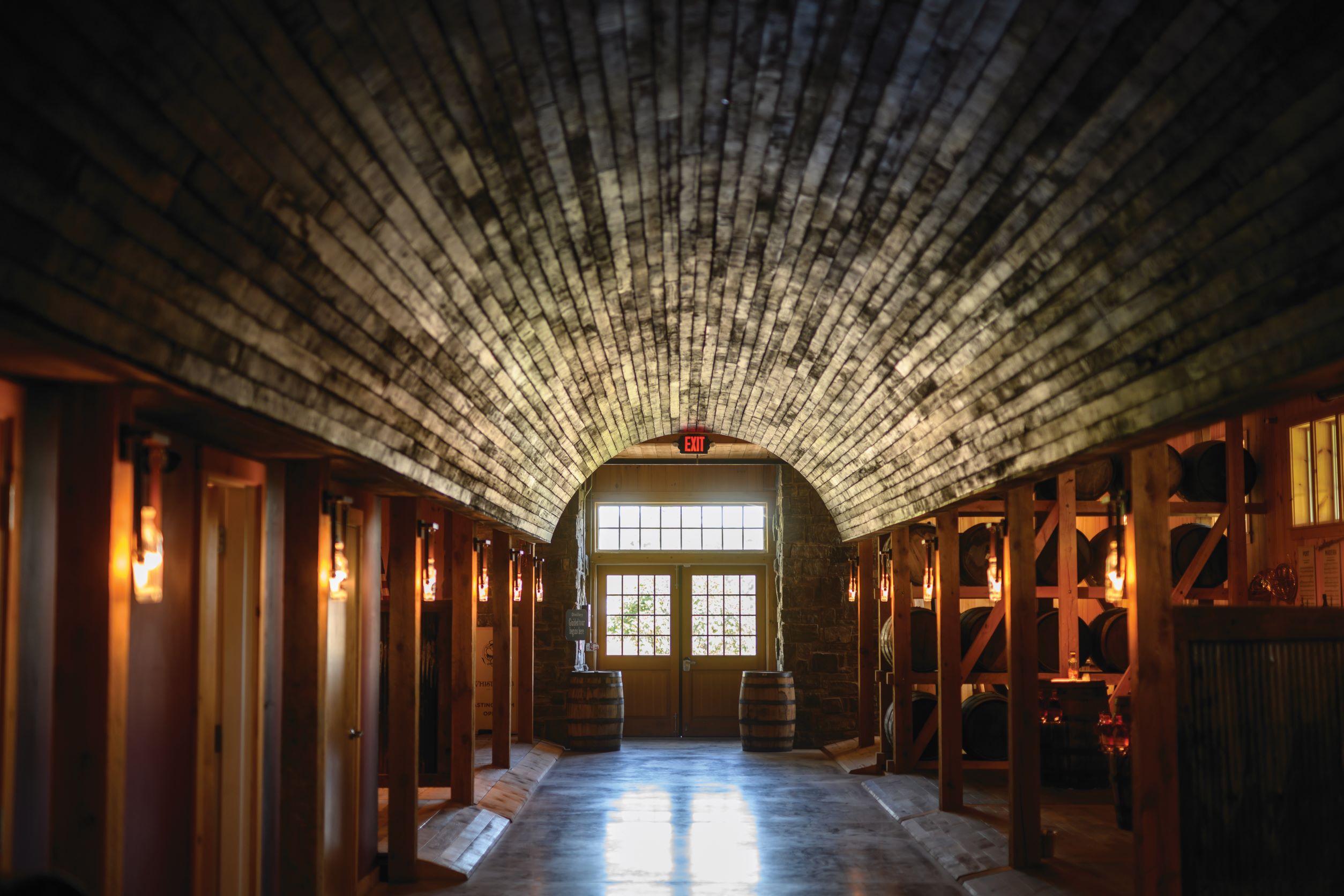
It’s been well over a month since I’ve seen Mitch’s amicable mustachioed face squinting in the California sun as we headed from the Arizona racing school to Paso Robles.
Since returning to Vermont he’s been sequestered in the lab, mixing and blending these 80 barrels with his Chief Blender to try to find the exact right formula to create the very best Roadstock. The hours were long and the miles traveled plenty, but Mitch believes they just may have struck gold.
“One of the fears I had, especially given some of the big temperature swings in the Southwest, was that some of the flavors from the cask would lead to over-extraction. But overall everything came across really nice and subtle and floral. It’s a really delicate whiskey,” Mitch reveals. I thought I was going to get a sort of brash younger brother of a whiskey, but instead we ended up with something way more elegant than I pictured.”
Which reminds me of something CMO Newell told me on that torrid Arizona blacktop as the WhistlePig Hellcat twirled smoky rubber donuts around us.
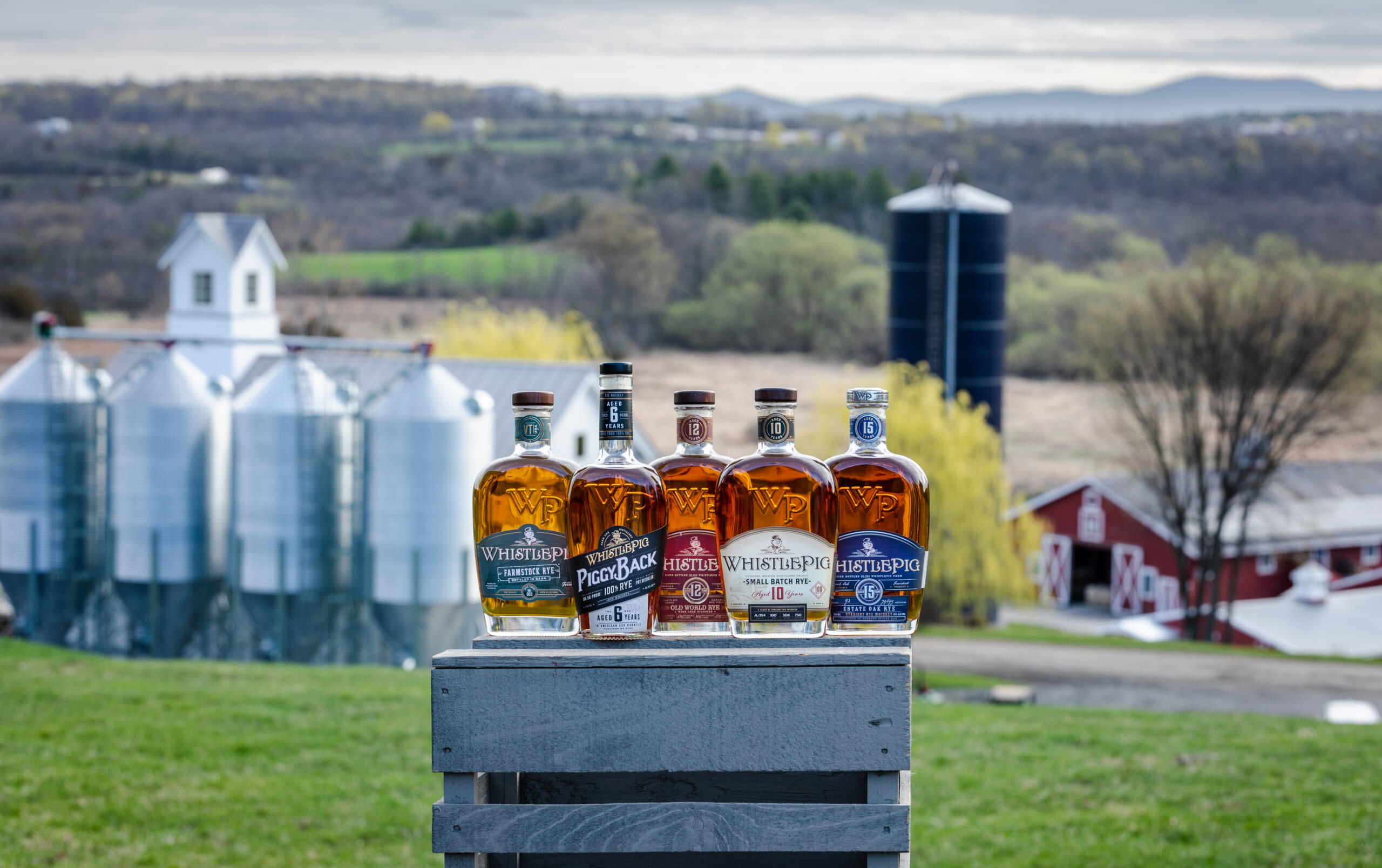
Experience from the brand’s early barrel experimentations laid the groundwork for WhistlePig, helped them start to figure out what sort of barrels play nicely with rye, and which might not. Regardless of wisdom and experience, however, in the end luck plays a huge role.
“We’re always experimenting, and sometimes it doesn’t go as planned,” Newell openly admitted to me at the time, smiling. “95 times out of a hundred the finish is amazing, that’s where the magic happens. But as we joke around at WhistlePig: at least we get to drink our mistakes.”
